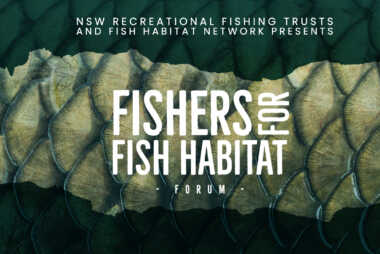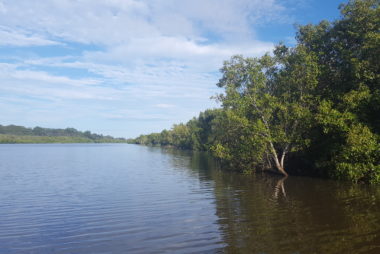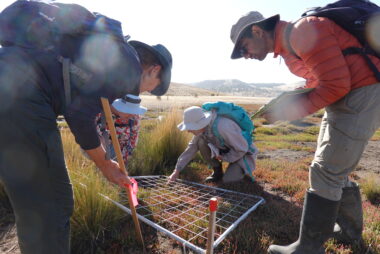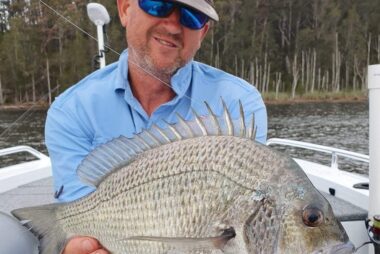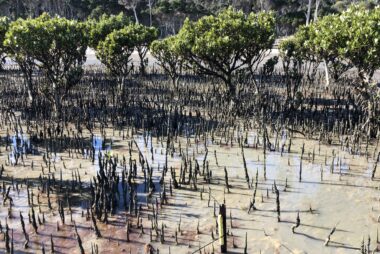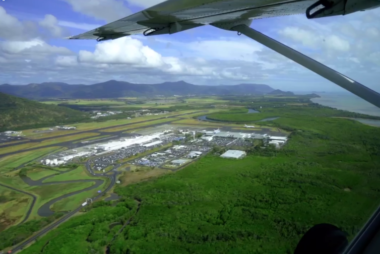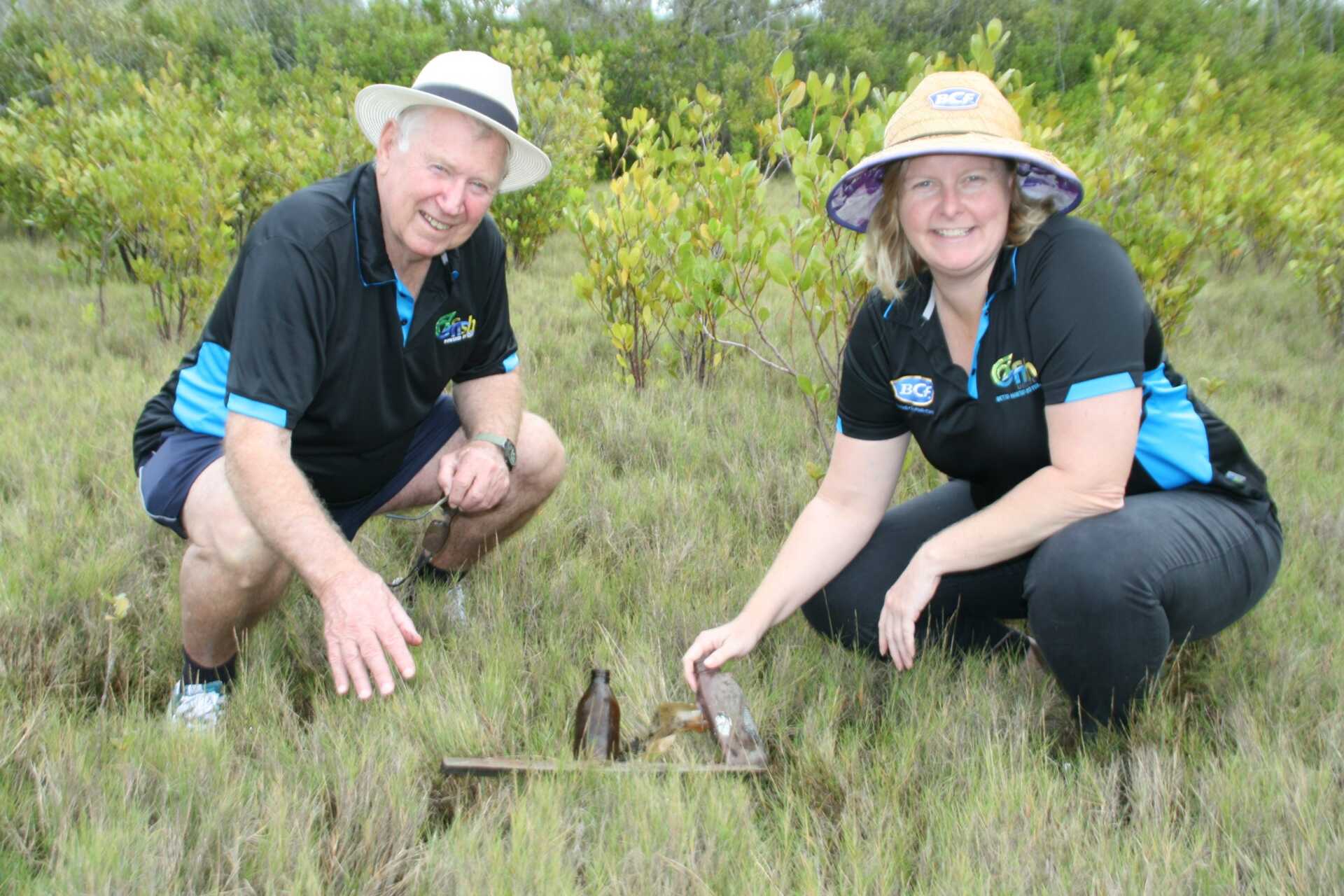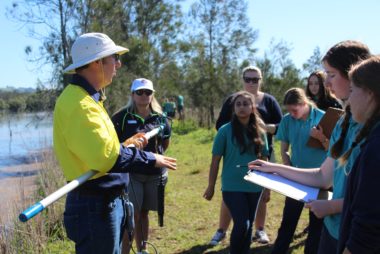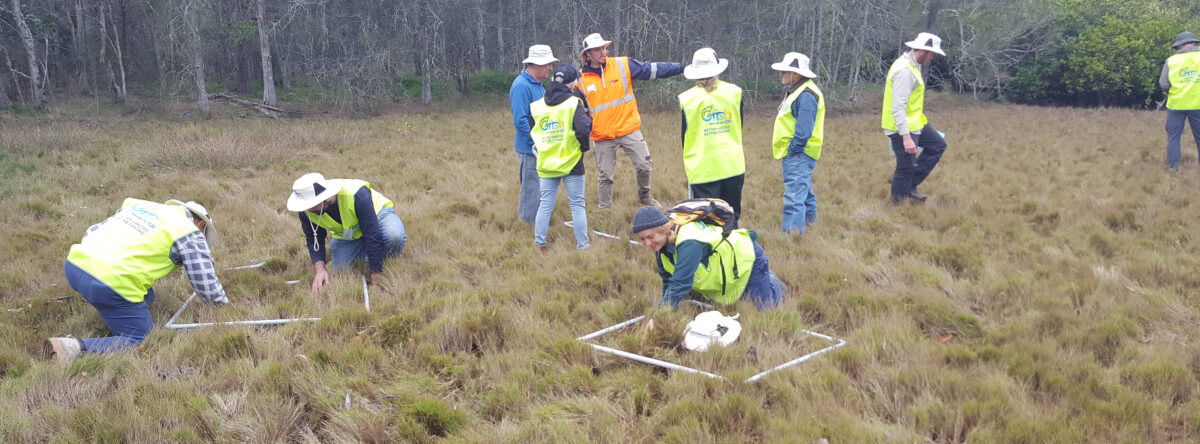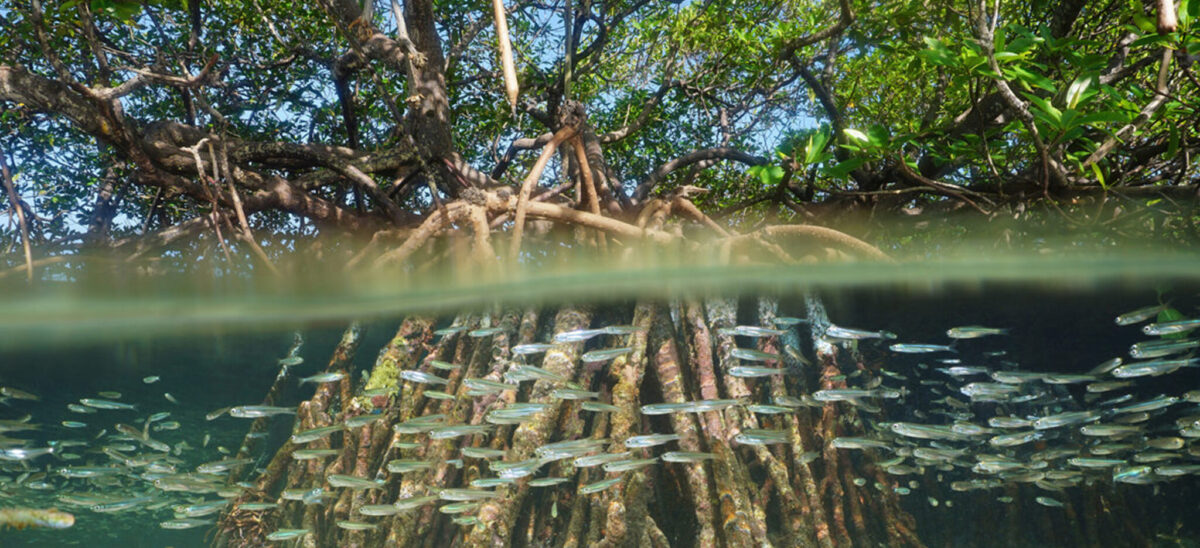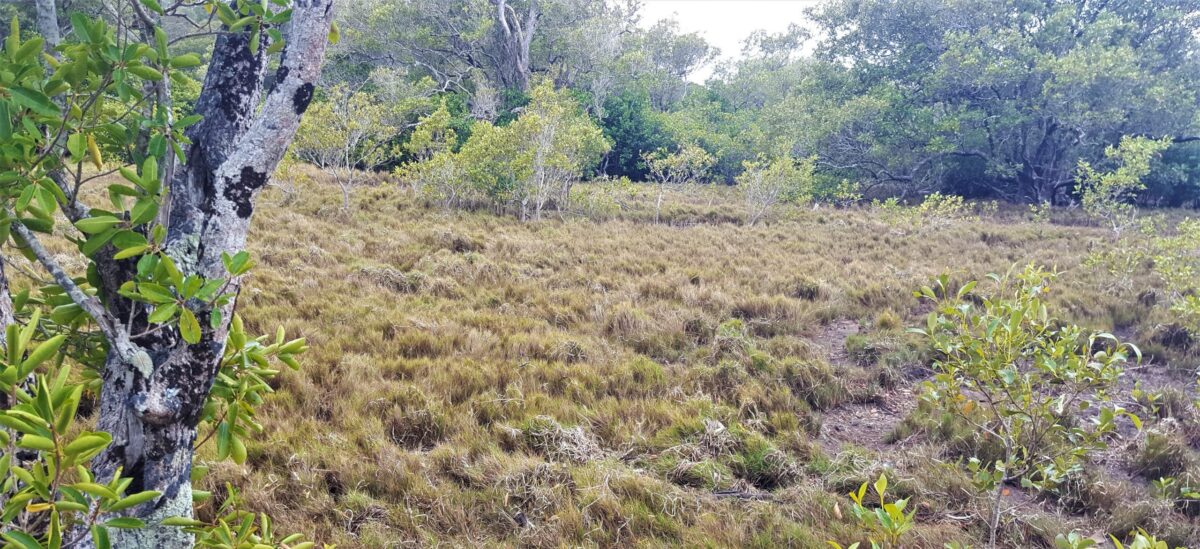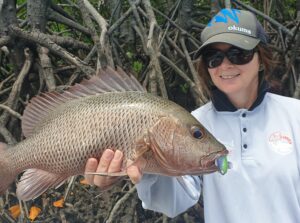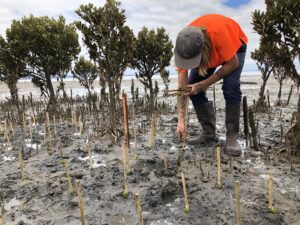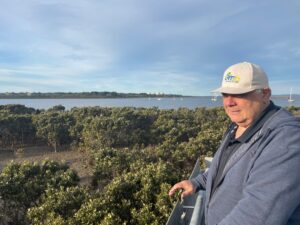Leading figures from fisheries, research, and the recreational fishing community came together to share knowledge and ideas to secure the future of fishing. The two days featured expert speakers and site visits to showcase what is being done and rec fishers can get involved.
Making waterways fishable again is an OzFish hallmark. We rebuild habitats and improve our fishing opportunities close to home, for this generation and those to come.
Sometimes, this includes simple fixes, like working with farmers to keep livestock out of saltmarsh. Sometimes, repairs are more profound, requiring catchment-scale planning. But it is all possible.
Fishable Cities Projects
Once dubbed ‘Kakadu of the South’ for its abundant wildlife, the Tuckean was an engine room for fisheries productivity throughout Northern NSW. Unfortunately, we now know that the modifications to the hydrology of the swamp, largely through floodplain drainage infrastructure, has resulted in ...
OzFishers are working with NRM South, the University of Tasmania, and a local landholder to help restore this incredibly important Ramsar wetland and improve fish habitat. Pitt Water - Orielton Lagoon is a Ramsar listed wetland which supports a whole range of birds, fish, and other aquatic ...
This citizen science project aims to better understand the flow-on benefits of habitat restoration for fish and recreational fishers at Burrill Lake.
OzFish Unlimited are partnering with the Port Phillip and Westernport CMA along with many other groups, including Bass Coast Landcare, Parks Victoria, Mornington Peninsula Shire and Deakin and Melbourne Universities. They'll be working collaboratively to restore mangroves in the Hastings ...
OzFish are working with Cairns Airport, Terrain NRM, Yirrganydji rangers and researchers from James Cook University to improve the hydrology of mangrove wetlands in Cairns, which will restore critical fish habitat and boost fish populations in the region.
Saving Our Saltmarsh project, on the lower Richmond River estuary is a project that local Richmond River Chapter volunteer fishers are personally passionate about. Saltmarsh is critically important to the health of the lower Richmond River and its fish population. These communities are ...
This OzFish project is about reversing the decline of the local fishery and improving the water quality of rivers, specifically the Richmond River through community education within schools. Students learn about river regeneration, how wetlands support the ecology of the river and take away the ...
Mangroves and saltmarshes provide a nursery for juvenile fish, before they move onto deeper waters, they buffer coastal communities against extreme weather events, stabilise coastlines and slow or reduce soil erosion. Despite all this, half of the world’s mangroves and even more saltmarshes have already been cleared or destroyed – and those that remain are under threat.
Fishable Cities – habitat restoration initiatives
Mangrove forests and saltmarshes may be funky to our human senses, but they are key habitats for our favorite fish, and can survive salty conditions that other vegetation cannot tolerate.
- Habitat assessments of urban waterways
- Monitoring water quality and changes to water management
- Reinstating lost habitat structure and function
- Facilitating mangrove seed collection and planting
- Planting of native trees and shrubs (including weed control)
- Restoring more natural tidal flows
- Fencing to keep out livestock
- Creating vegetative buffers
- Removal of rubbish
- Reduce or formalise access points
- Signage and community engagement to support information on how to help protect the fragile habitats
- Maintaining connectivity between habitats
- Monitoring and control of feral pests
What’s so important about mangroves to fish?
Mangroves are a species of trees and shrubs that grow in salty environments along the shoreline of coastal rivers, bays, and estuaries, well known for their pungent smell. They are specifically designed and have an adapted circulatory system which helps them survive in harsh conditions. Mangroves are easily identified by their peg root structure which helps them to breathe.
What they do:
- Help break down storm waves for coastlines
- Filter out the nasties in water that runs-off urban environments
- Serves as shelter for young fish, crabs, prawns and other invertebrate
- A source of food for fish and birds
- Captures and stores large amounts of carbon
Fish need saltmarshes more than you realise.
Saltmarshes are a coastal wetland made from mud and peat, which is a spongy layer of soil consisting of decomposing plant matter. This soft substrate, occurring along protected shorelines, is flooded and drained by salt water from the tides. Saltmarsh habitat contains a specialised community of plants which includes sedges, rushes, reeds, grasses, succulent herbs and low shrubs.
What they do:
- Provide shelter and food for fish, especially smaller ones
- Filters rubbish and nutrients that enter estuaries, maintaining water quality
- Protects the shoreline from erosion
- Slows and absorbs rainfall which reduces flooding
- Captures and stores large amounts of carbon
Mangroves and saltmarshes are ecologically important, providing a link between the land and water.
Sadly, they have been negatively impacted by development, land clearing, weed invasion, rubbish and pollution, uncontrolled access, and changes to water flows. This reduces the health of these environments which is bad news for our fish. As the population increases in coastal areas, the risk to these precious habitats escalates. They are also affected by environmental influences such as climate change and the rise of sea levels, which changes the structure of ecological communities.
Volunteer with Us
Join our community of volunteers who share our determination to restore fish habitat across Australia.
Make a Donation
Donate today to support our mission to restore our mangroves through community-driven participation and ownership.
Become a Member
Help us raise funds for our restoration initiatives by becoming an OzFish member today. Learn more about member benefits!
At OzFish we are incredibly proud of the local waterway restoration efforts undertaken by so many of our OzFish volunteers, our fish need more help to recover now more than ever. And you can help.

